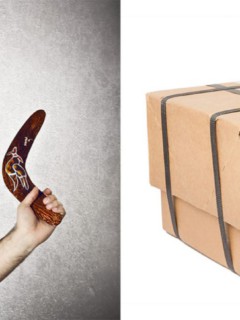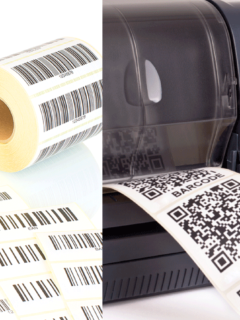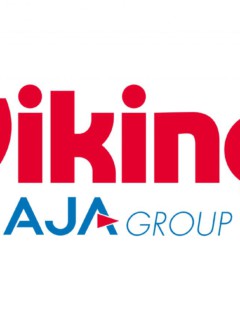Do you know this too? While you are looking for your glasses, getting more and more hectic, the grins of your colleagues are getting wider and wider. Why are they grinning like that? Finally, someone takes pity on you and signals: The glasses are on your nose!
Congratulations: the best glasses are the ones you don’t even notice! It’s no different with safety glasses.
Eye injuries
Glasses are only worn as prescribed if they are comfortable to wear. For some occupational groups, this means several hours a day. If the fit of the safety goggles is uncomfortable or the view is restricted, some people will probably rely more on luck and (supposed) eye judgement. With fatal consequences: In 2019, 15,175 work-related reportable eye injuries were registered with the DGUV. The quarrymen’s professional association reports these figures as an example for the entire construction industry:
With 21% of all reported occupational accidents, injuries to the eye are the second most common type of injury, after injuries to hands/arms. 4,600 accidents with eye injuries are reported to the Berufsgenossenschaft per day. 56% of the injured were not wearing protective goggles at the time of the accident. A further 22% were wearing safety glasses, but they were not adjusted or were unsuitable for the job. Another 13% were not aware of the danger at all because they were not directly involved in the work.
The three different types of accidents
Depending on the work involved, a distinction is made between three types of possible eye hazard:
Which glasses are suitable for what? And how can I tell?
The shockingly high percentage of 22% of those who were obviously equipped with the wrong safety goggles shows a need for explanation. The EN 166 standard regulates all relevant requirements for personal eye protection (depending on the field of application, EN 167 to EN 175, EN 379). The two components of safety spectacles (lenses and body) are each labelled. But what do the markings mean?
Radiation, resistance and vision
For classification into the various protection classes, there are predefined tests and key figures that a pair of safety goggles has to fulfil depending on the categorisation. Especially the mechanical resistance (flying particles, chips…) and the protection level against radiation (standard EN 170) are relevant here.
In addition, the optical class is also categorised. It provides information on whether and to what extent the safety goggles may restrict vision. The classification ranges from 3 (activities in which the goggles are worn for a short time and optimal vision is not the main focus) to 1 (activities that require excellent vision over a longer period of time).
And what safety glasses do I wear as a spectacle wearer?
Not every pair of safety goggles is suitable for wearing over glasses. Apart from the comfort factor, the safety goggles may also no longer fit tightly enough to provide protection from side-incident radiation or fine dust, for example. If the safety goggles are worn regularly and for a longer period of time, it is recommended that corrective lenses are fitted in any case. According to DGUV Rule 112-192 – Use of eye and face protection, the following applies:
“For short-term work lasting a few minutes, for example, basket glasses, over-glasses or visors can be worn. However, combinations with basket or over-the-eye goggles tend to fog up, can lead to additional hazards and are therefore often rejected based on experience. In addition, such combinations often cause double images or “reflections”.
If it is necessary to wear safety glasses over a longer period of time for the respective activity, the employer is therefore obliged (§ 3 of the Occupational Safety and Health Act (ArbSchG)) to ensure appropriate eye protection also for workers with defective vision and to bear the costs for corrective safety glasses.
Eye protection is essential
As the saying goes: if you consider that we perceive around 90% of sensory impressions with our eyes. No other sense organ conveys so much information to us. This makes it all the more important to protect the eyes in both private and professional life.















